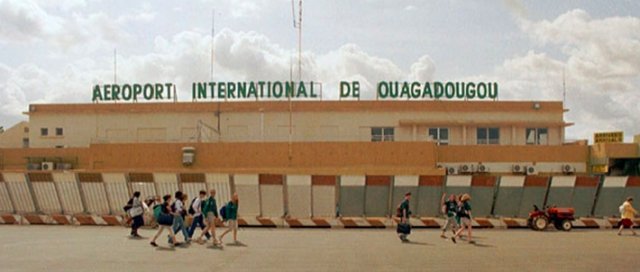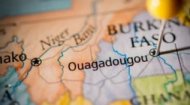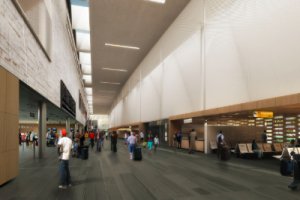Air travel offers the most efficient and sometimes the only practical means of rapid transport for passengers and high-value cargo, circumventing the challenges of extensive land borders and often underdeveloped road networks. Over the years, the airport has grown into a critical piece of infrastructure, facilitating trade, tourism, diplomatic relations, and the movement of its diaspora, solidifying its role as a linchpin of the nation's economy and its connection to the global community.
Today, Thomas Sankara International Airport links Ouagadougou to key destinations across Africa and beyond. Burkina Faso's national carrier, Air Burkina, operates numerous regional flights, connecting the capital to West African cities such as Abidjan, Lomé, Cotonou, Bamako, Niamey, and Dakar, fostering essential economic and social ties within the ECOWAS bloc. Alongside Air Burkina, several major international and regional carriers maintain a presence. Air France continues to operate its vital route to Paris, a historical and cultural link that remains paramount for many Burkinabè. Ethiopian Airlines connects Ouagadougou to its massive hub in Addis Ababa, providing onward connections to destinations across Asia, the Middle East, and further into Africa. Royal Air Maroc links to Casablanca, offering a gateway to North Africa and Europe, while Tunisair provides direct service to Tunis. Turkish Airlines has also established a presence, connecting Ouagadougou to Istanbul, thus opening up vast networks to Eastern Europe, Asia, and beyond. ASKY Airlines, a regional powerhouse, further strengthens connectivity within West and Central Africa, making OUA a well-integrated node in the continent's aviation landscape.
The airport's passenger numbers reflect its pivotal role in the region. Prior to the global pandemic, Thomas Sankara International Airport consistently handled well over half a million passengers annually, making it the busiest airport in Burkina Faso. These figures represent a mix of business travellers, tourists, expatriates, and the Burkinabè diaspora, all relying on the airport for their journeys. While the pandemic inevitably caused a significant downturn in traffic, like airports worldwide, OUA has shown resilience and is steadily recovering, with passenger volumes gradually increasing as global travel resumes. Beyond passenger traffic, cargo operations are also crucial. As a landlocked nation, the airport provides a critical conduit for importing essential goods and exporting high-value products, contributing to the national economy and ensuring the flow of vital commodities. The facility also functions as a military airport.
|









